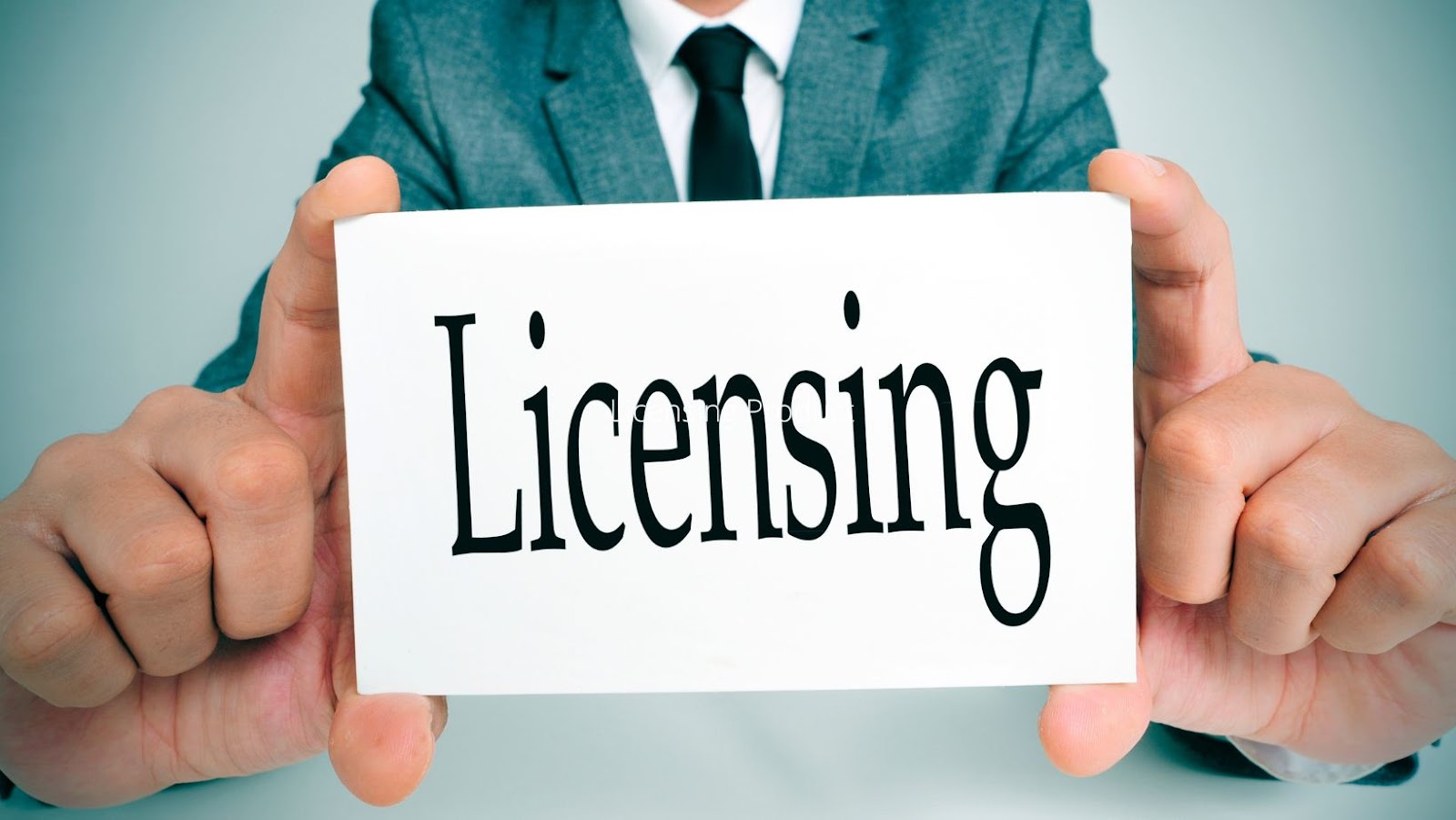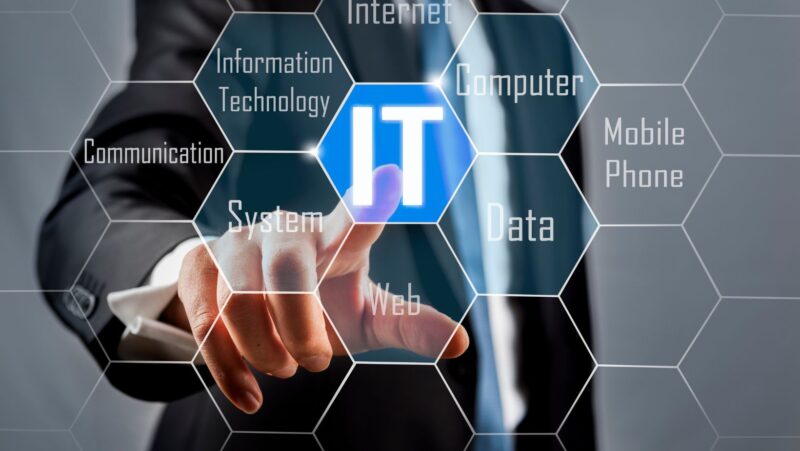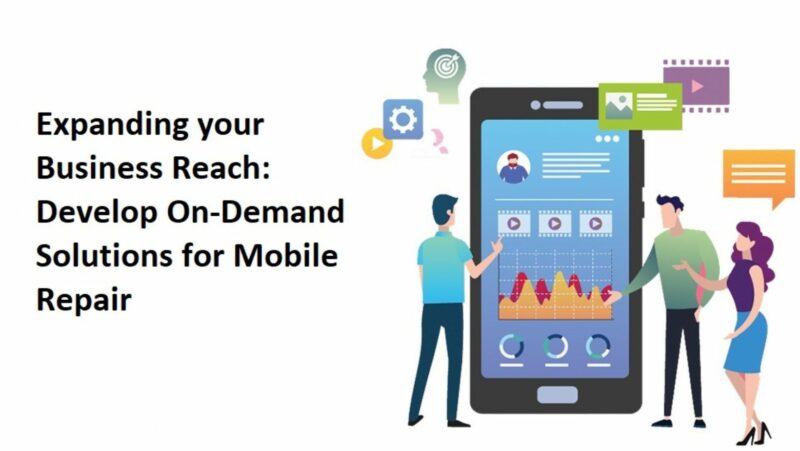
Are you thinking of licensing your product? Not sure where to start? This blog will give you all the information you need to get started in licensing your product. We’ll cover everything from finding the right licensee to negotiating the perfect contract. So let’s get started!
Introduction to licensing product
Product licensing is the process of renting or selling the rights to use a company’s product. A license agreement sets forth the terms and conditions under which a company may use another company’s product.
The first step in licensing product is to identify the products that are available for licensing. This can be done by searching online databases, attending trade shows, or contacting companies directly. Once you have identified some potential products, you need to research each one to determine whether it is a good fit for your company. Factors to consider include the product’s market potential, your company’s core competencies, and the cost of obtaining a license.
After you have selected a product, you need to negotiate a license agreement with the owner of the product. The terms of the agreement will vary depending on the product and the parties involved, but they typically include provisions related to royalty payments, exclusive versus non-exclusive rights, territorial restrictions, and term length.
Once you have negotiated and executed a license agreement, you will need to develop a plan for marketing and selling the licensed product. This includes creating marketing materials, developing pricing strategy, and establishing distribution channels. If you are successful in licensing product, you will be able to generate revenue while reducing your risk and overhead costs.
How to license product
One great way to commercialize your product is to license it to other companies. When a company licenses your product, they pay you for the right to manufacture it and sell it under their own brand.
Licensing is an attractive option for a number of reasons:
-It’s a relatively low-risk way to commercialize your product. You don’t have to invest in manufacturing or marketing, and you don’t have to worry about selling and shipping.
-It’s a great way to get your product into big-name stores. Established companies have existing relationships with retailers, and they know how to get their products onto store shelves.
-It allows you to focus on what you do best. If you’re an inventor or a designer, you can focus on creating new products without worrying about the logistics of manufacturing and marketing.
Of course, licensing is not without its risks. When you license your product, you give up some control over how it’s made and sold. And there’s always the risk that the company you license to will decide not to renew the agreement, leaving you back at square one.
But if you do your homework and choose a reputable company to partner with, licensing can be a great way to get your product into the market without all the hassle and expense of going it alone.
The benefits of licensing your product
Licensing your product can open up new markets and bring in additional revenue with little or no extra effort on your part. And, if you choose your partners carefully, licensing can help build your brand and reputation.
There are two main types of licenses: exclusive and non-exclusive. An exclusive license means that the licensee is the only one who can sell the product in a certain market or territory. A non-exclusive license means that the licensee can sell the product, but so can you. You can also grant a sublicense, which means the licensee can further sublicense the product to someone else.
There are a number of factors to consider before licensing your product, such as:
-The potential market for your product
-Whether you want to continue selling the product yourself or focus on other products
-How much control you want over how the product is sold
-The level of royalties you are willing to accept
-The length of time you want to grant the license for
It’s also important to make sure that your intellectual property (IP) is protected before granting any licenses. This includes trademarks, copyrights and patents. You should also have a clear and enforceable contract in place before entering into any licensing agreement.
The process of licensing your product
The process of licensing your product can be a long and tedious one, but with the proper research and preparation, it can be a relatively simple process. There are a few key steps that you need to take in order to ensure that you are successful in licensing your product.
Before you even begin the process of finding a licensee for your product, you need to make sure that your product is actually ready to be licensed. This means that your product should be fully developed and market-ready. If your product is still in the prototype stage, it is likely that licensees will not be interested in working with you. Once you have determined that your product is ready to be licensed, you need to do some research on potential licensees. Try to find companies that would be a good fit for your product and who have experience licensing products similar to yours. Once you have identified some potential licensees, reach out to them and set up meetings. During these meetings, you will need to present your product and explain why it would be a good fit for their company. If all goes well, one of these companies may offer to license your product. At this point, it is important to have an attorney look over any agreements before you sign anything. Once everything is finalized, congratulations! You have successfully licensed your product.
How to market your licensed product
Many inventors are familiar with the concepts of patenting and marketing their inventions, but are not familiar with the process of licensing their products. Licensing is a way to commercialize your product without having to manufacture or sell it yourself. When you license your product, you give another company the right to manufacture and sell your product in return for a royalty payment.
There are a few things you need to do to make your product attractive to potential licensees.
1. First, you need to have a strong patent portfolio that will protect your invention from copycats. A strong patent portfolio will also give potential licensees confidence that they can market your product without fear of infringement litigation.
2) You also need to have a well-designed prototype that demonstrates the functionality of your invention. Potentia
How to find licensees for your product
You’ve created a great product, and you’re ready to start licensing it. You may be wondering how to find licensees for your product. Here are a few methods to consider:
1. Trade shows: Attending trade shows is a great way to meet potential licensees in your industry. Check out the trade show directory at Eventbrite to find upcoming shows in your sector.
2. Licensing agents: Many inventors choose to work with licensing agents, who help connect them with manufacturers who are interested in their products. The agents will typically take a percentage of the royalties earned from the licensing deal.
3. Manufacturing directories: There are several online directories that list manufacturers, such as ThomasNet and MFG.com. These can be helpful for finding companies that might be interested in licensing your product.
4. Personal connections: Some inventors find manufacturing partners through personal connections, such as friends or family members who work in the industry. This can be a helpful way to get your foot in the door with potential licensee candidates
How to negotiate a licensing agreement
Whether you are licensing your product to another company or licensing someone else’s product, you need to have a basic understanding of the process and what is involved in negotiating a licensing agreement. By definition, a license is “an agreement between two parties in which one party grants the other party the right to do something that would normally be prohibited.” In other words, a license is permission to do something that would normally not be allowed.
A licensing agreement is a legally binding contract between two parties, and as such, it should be carefully crafted by an attorney experienced in this area of law. However, there are some basic principles that you should understand before entering into any negotiations.
First, it is important to clearly define the scope of the license. What rights are being granted? Are there any limitations or restrictions on those rights? For example, you may grant a company the right to manufacture your product, but place restrictions on how that product can be used or sold.
Second, you need to decide how long the license will last. Will it be for a specific period of time, or will it be perpetual? If it is for a specific period of time, you need to determine whether or not the license can be renewed and under what conditions.
Third, you need to think about whether or not the license is exclusive. In other words, will you grant the same rights to more than one company? If so, how will you ensure that each company abides by the terms of the agreement?
Fourth, you need to consider what happens if either party breaches the terms of the agreement. What are the consequences for breaking the contract? What remedies are available to either party?
lastly ,It is also important to remember that a licensing agreement is a negotiable document. Do not be afraid to ask for what you want or counter an offer that does not meet your needs. The goal is to reach an agreement that is mutually beneficial for both parties involved.
The different types of licensing agreements
There are four different types of licensing agreements that are typically used in the business world. These are:
1. Exclusive License
2. Sublicense
3. Non-exclusive License
4. Exclusive Distributorship Agreement
Each type of agreement has its own set of benefits and drawbacks that you will need to consider before entering into any kind of licensing agreement. Let’s take a closer look at each one.
An exclusive license is the most restrictive type of agreement because it gives the licensee the exclusive right to sell, distribute, or manufacture the product in question. This means that no one else can do so without the express permission of the licensor. The advantage of this arrangement is that it allows the licensor to maintain a tight control over how their product is used and distributed. The downside, however, is that it can be difficult to find someone who is willing to enter into an exclusive agreement, and even more difficult to enforce such an agreement if someone does break it.
The key terms in a licensing agreement
In a licensing agreement, the owner of the licensed property (licensor) grants the licensee certain rights to use that property. The licensor may be the owner of a trademark, patent, copyright, or trade secret. The licensee may be an individual, corporation, or other legal entity.
The key terms in a licensing agreement are:
1. The property being licensed: This can be a trademark, patent, copyright, trade secret, or some other type of Intellectual Property (IP).
2. The type of license: There are two main types of licenses– exclusive and non-exclusive. An exclusive license means that the licensee is the only party who can exercise the rights granted by the agreement. A non-exclusive license means that the licensor can grant those same rights to other parties as well.
3. The scope of the license: This refers to what rights are being granted and how those rights can be used. For example, a license for a patent might grant the licensee the right to make, use, and sell the invention covered by that patent.
4. The term of the license: This is the period of time during which the licensee has the right to use the licensed property. The term can be for a specific period (such as five years) or it can be open-ended (meaning that it lasts until either party decides to terminate it).
5. The territory: This is the geographic area in which the licensee has the right to use the licensed property
What to do if there is a breach of a licensing agreement
If there is a breach of a licensing agreement, the first thing to do is contact the licensee and attempt to resolve the issue informally. If that is not possible or if the issue is not resolved, then the next step is to consult with an attorney to discuss options for taking legal action.


